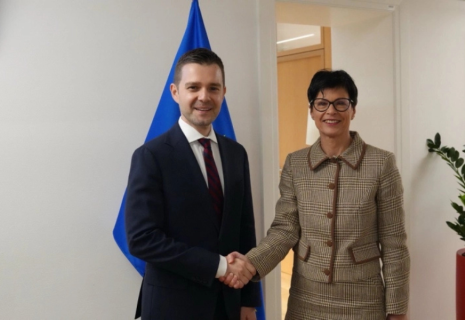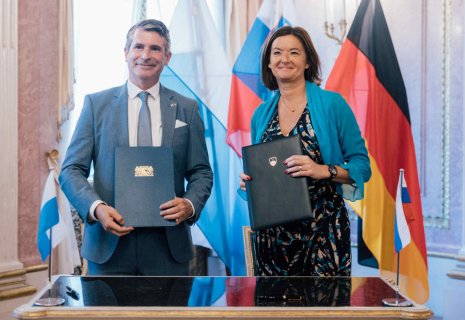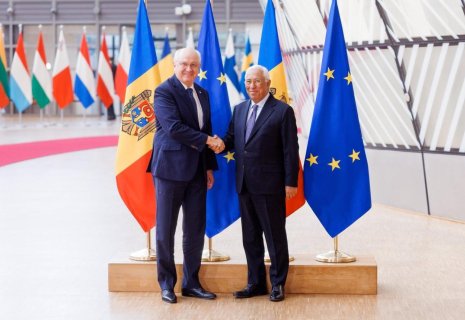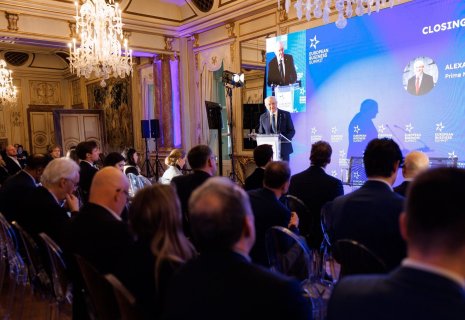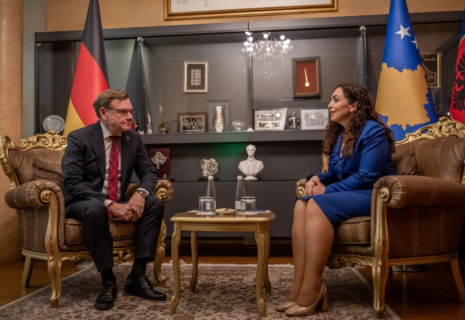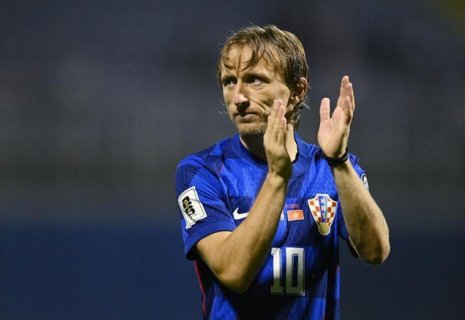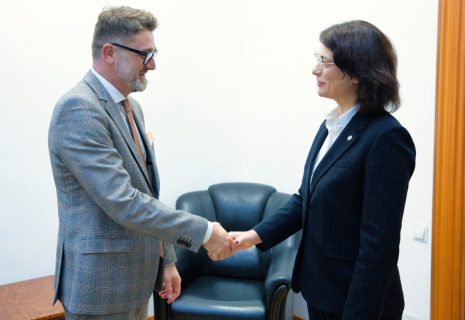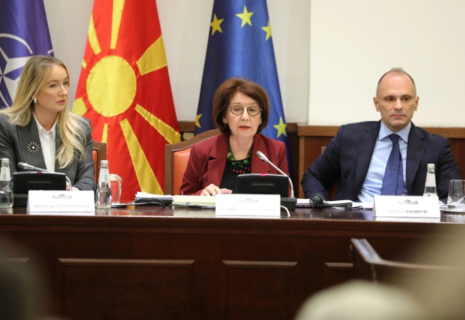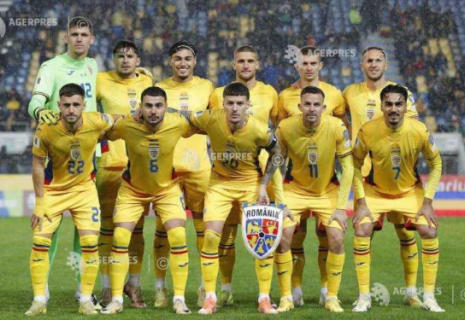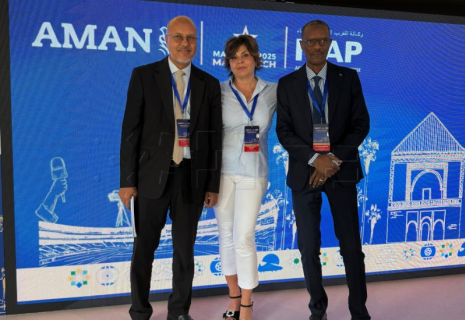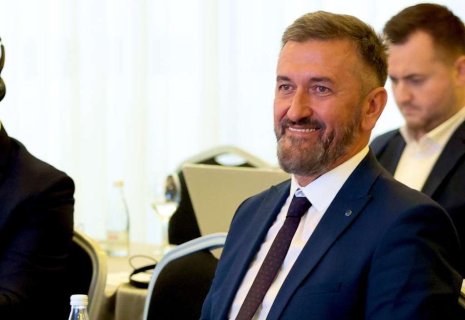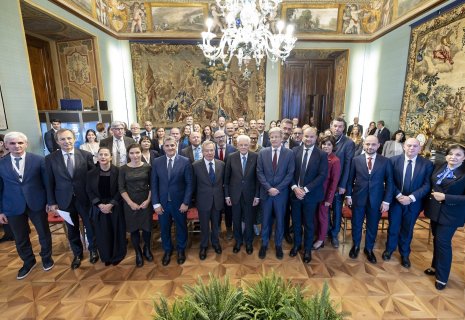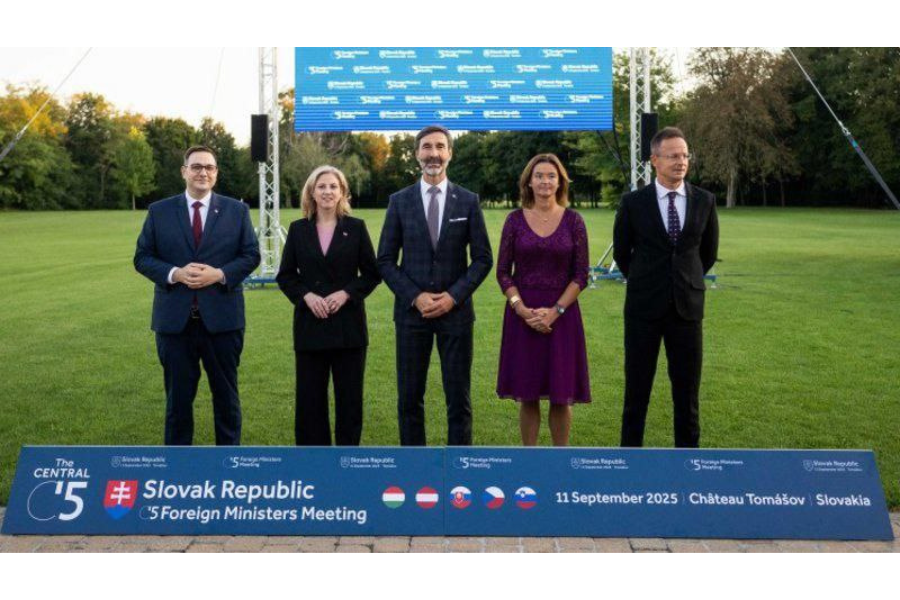
Austria’s Role in the “Central Five (C5)”
By Aytan Aliyeva
On 11 September 2025, the foreign ministers of Austria, the Czech Republic, Hungary, Slovakia and Slovenia met in Bratislava within the framework of the “Central Five” (C5) to strengthen regional cooperation in the face of global challenges. Key topics included the war in Ukraine, the situation in the Middle East, EU enlargement, relations with the United States, and irregular migration. The ministers emphasised the importance of neighbourly cooperation, dialogue and EU unity, and highlighted the C5 as a platform for exchanging views and strengthening Central European ties. The group reaffirmed their support for EU enlargement, particularly with regard to the Western Balkans, Ukraine, and Moldova, and stressed the need for a unified approach to managing migration, protecting borders, and safeguarding the integrity of the Schengen agreement. Overall, the meeting emphasised the C5’s role in strengthening collective influence within the EU and promoting stability in Central Europe.
The Central 5: origins and structure
The Central 5 (C5 or "Central Five") is an informal Central European cooperation group comprising Austria, the Czech Republic, Hungary, Slovakia and Slovenia. It operates mainly at foreign-minister level and serves to coordinate on regional and EU policy issues. The grouping, which was initiated in mid-2020 by then-Austrian Foreign Minister Alexander Schallenberg during the pandemic, was first used as a pragmatic coordination tool for border controls, public health measures, migration, and economic recovery. Over a period of time, it has evolved into a political dialogue platform for aligning positions on EU agendas and key foreign policy issues. The C5 is distinctive in its flexibility: it includes Austria and Slovenia (non-V4 members) and excludes Poland. It is also less formalized than the “Visegrad Four” (V4) or the “Three Seas Initiativ”'. This allows for ad hoc coalition-building while avoiding the ideological polarization that often hinders other formats.
The strategic role of Austria’s foreign policy under the new coalition government
Following the September 2024 parliamentary elections, Austria ended a five-month political deadlock in early 2025 by forming a historic three-party coalition government. This coalition comprises the conservative Austrian People’s Party (ÖVP), the centre-left Social Democratic Party (SPÖ) and the liberal NEOS. Christian Stocker (ÖVP) became Chancellor, Andreas Babler (SPÖ) Vice Chancellor and Beate Meinl-Reisinger (NEOS) Foreign Minister. This marks a significant shift in Austria’s political landscape, laying the groundwork for a more balanced and forward-looking style of governance.
The new Foreign Minister has redefined Austria’s foreign policy trajectory, steering it towards greater proactivity, a stronger European orientation and enhanced multilateral engagement. She prioritizes EU enlargement, regional stability and active diplomacy, while advocating a pragmatic reassessment of Austria’s neutrality. Without abandoning non-alignment, she positions Austria as an engaged and credible actor in both European and global affairs.
Within this framework, the “Central 5” format is set to play a significant role in Austria’s regional diplomacy. The foreign minister views the grouping as a flexible platform for advancing key objectives, such as strengthening multilateralism, reinforcing the rules-based international order, supporting EU enlargement, shaping migration management and contributing to Europe’s security and strategic autonomy. Despite being informal and non-binding, the C5 enables Austria to amplify its voice in European policy debates by aligning with partners in neighbouring countries that share similar challenges.
For Austria, the C5 not only represents a coordination mechanism, but also an opportunity to demonstrate leadership in a region where it has historical, cultural and economic influence. Unlike the more polarized “Visegrad Four”, the C5 provides a pragmatic setting free of entrenched political baggage, thereby enhancing Austria’s credibility as a constructive regional actor. By leveraging this platform, Austrian foreign policy reinforces the country's self-image as a bridge between the European Union and its south-eastern neighbours, while consolidating its broader vision of an “active engagement” policy.
Core agendas: enlargement, migration and security.
The C5 has consistently highlighted five interconnected objectives: regional coordination within the EU; EU enlargement; migration management; security policy; and crisis response. It acts as a mini-caucus to align Central European positions before major EU summits, thereby increasing collective bargaining power on enlargement, migration, and energy. EU enlargement, particularly with regard to the Western Balkans, remains a central issue. Austria uses the platform to promote its pro-enlargement agenda and strengthen its geopolitical influence in the region. Regarding migration, the C5 advocates for stronger border protection and burden-sharing mechanisms, adopting a stance that lies between hardline approaches (Hungary) and more compromise-oriented positions (Austria and Slovenia). Regarding security, the group has coordinated its stance on Russia's war against Ukraine, sanctions, humanitarian aid, and regional stability, striking a balance between transatlantic cooperation and preserving neutrality. Energy diversification and connectivity also feature prominently, with the C5 jointly lobbying for EU funding of cross-border interconnectors and alternative supply routes, which are closely tied to Austria’s energy security and green transition.
Political significance and 'hidden agendas'
From a political perspective, the C5 enhances Austria’s capacity to present itself as an proactive European player. It offers the flexibility to avoid backlash against neutrality while producing concrete outcomes on migration, energy and enlargement that can present as successes at a domestic level. However, risks persist, particularly regarding divergences among C5 members on issues such as Russia, migration and rule-of-law standards, as well as the lack of institutionalisation within the grouping. Beyond the visible agendas, there are several hidden goals driving the format: reducing Poland’s dominance in Central European diplomacy, securing long-term influence over the Western Balkans, and using migration as leverage for EU funding and political gains. The C5 also serves as a hedge against the fragmentation of the V4, providing a less polarized form of continuity in Central European cooperation, while enabling members to act as a 'corridor bloc' lobbying for EU infrastructure funding.
Austria’s leading role and future prospects
Austria is the main driver of the C5, leveraging the format to rebalance Central Europe’s political landscape. By convening this grouping and excluding Poland, Austria positions itself as a regional coordinator with greater influence in EU decision-making. Slovenia gains visibility beyond the Balkans, while the Czech Republic, Slovakia and Hungary benefit from an additional arena for shaping EU negotiations outside the often controversial V4. For Austria, the C5 is both a pragmatic coordination platform and a symbolic stage. It projects neutrality as active engagement, ensures that Austria’s voice is heard when shaping EU debates and enhances its regional leadership capacity. Although the C5 is limited in terms of its institutional influence, it provides Austria with a valuable means of increasing its impact, consolidating regional alliances and demonstrating that Austria’s neutrality can coexist with dynamic European engagement.


